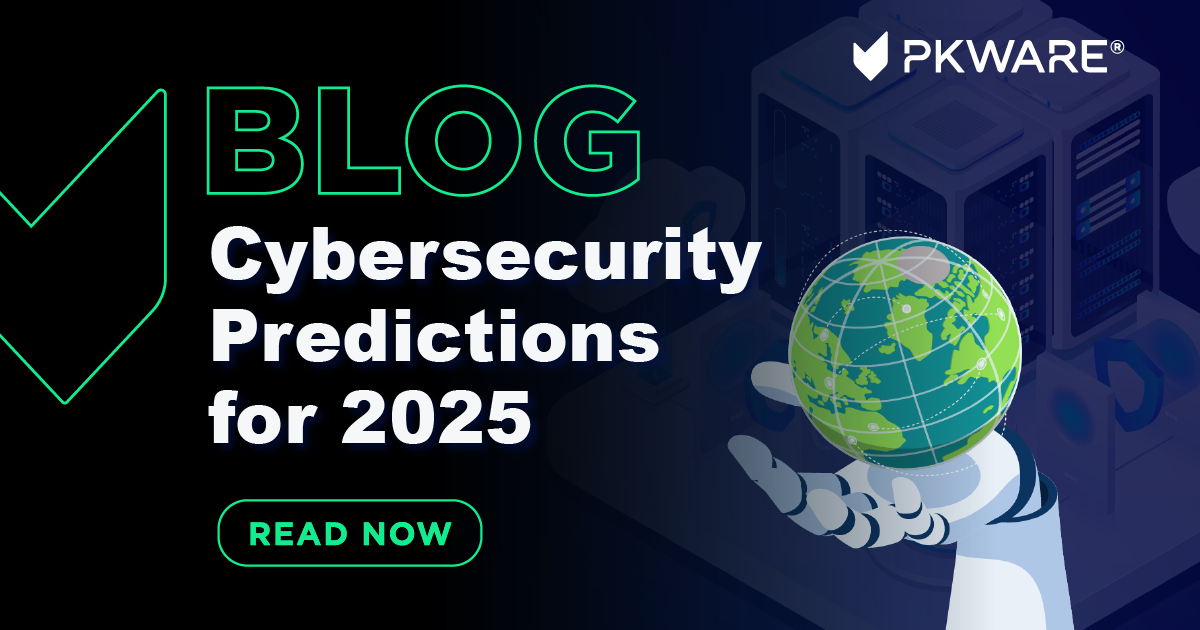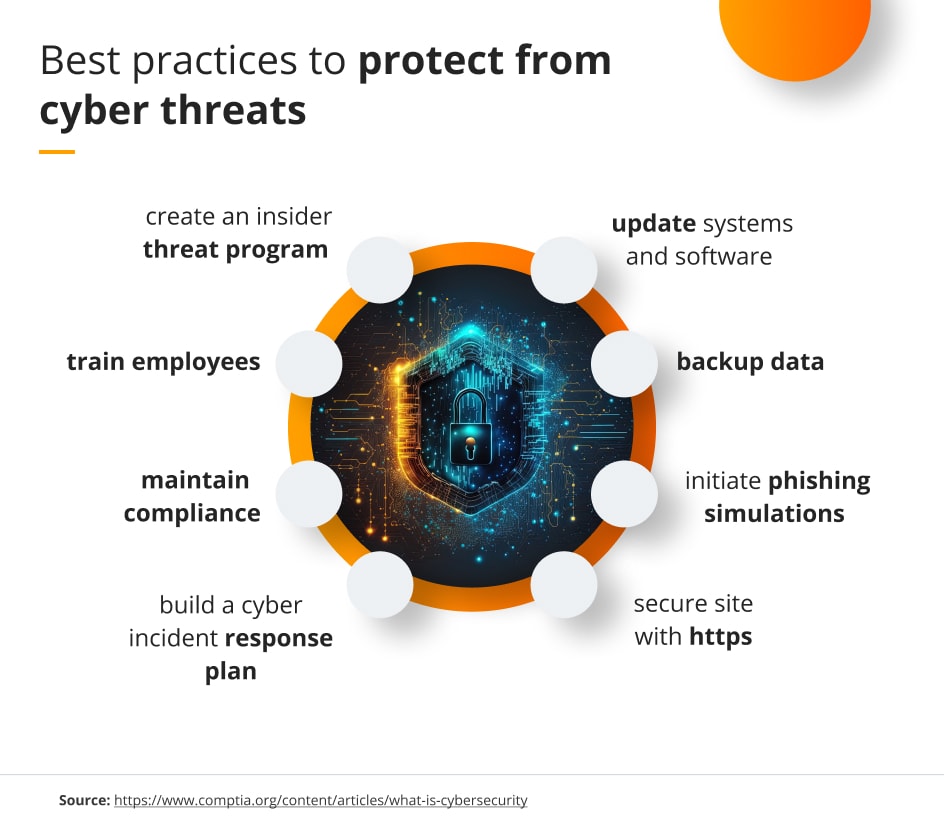The Following Frontier: Insightful Cybersecurity Forecasts for the Coming Year
As we come close to the new year, the cybersecurity landscape gets on the brink of notable makeover. Trick variables such as the assimilation of advanced AI modern technologies, the unavoidable rise of sophisticated ransomware, and the firm of information privacy regulations are shaping the future of digital safety and security. The continuous occurrence of remote job proceeds to subject new vulnerabilities that organizations should browse. Recognizing these characteristics is important for anticipating the challenges ahead and strategically fortifying defenses, yet the ramifications of these changes continue to be to be totally discovered.
Surge of AI in Cybersecurity
In the quickly developing landscape of cybersecurity, the assimilation of man-made knowledge (AI) is emerging as an essential pressure in enhancing risk discovery and response abilities. AI technologies, such as artificial intelligence algorithms and deep knowing models, are being significantly released to evaluate large amounts of data and identify patterns a measure of safety and security dangers. 7 Cybersecurity Predictions for 2025. This makes it possible for organizations to proactively deal with susceptabilities prior to they can be manipulated
The rise of AI in cybersecurity is especially significant in its ability to automate routine tasks, permitting human analysts to concentrate on even more intricate safety problems. By leveraging AI, cybersecurity teams can minimize action times and improve the accuracy of danger evaluations. Moreover, AI systems can adapt and discover from new risks, continually fine-tuning their detection devices to remain ahead of destructive actors.
As cyber hazards end up being extra sophisticated, the requirement for advanced solutions will drive more investment in AI innovations. This trend will likely bring about the growth of improved safety and security tools that include anticipating analytics and real-time surveillance, ultimately fortifying business defenses. The change towards AI-powered cybersecurity solutions represents not simply a technical change yet an essential change in exactly how companies approach their security techniques.
Boost in Ransomware Assaults
Ransomware attacks have ended up being a common risk in the cybersecurity landscape, targeting organizations of all sizes and throughout different sectors. As we advance right into the coming year, it is anticipated that these assaults will not just increase in regularity yet likewise in class. Cybercriminals are leveraging sophisticated methods, including making use of synthetic knowledge and artificial intelligence, to bypass standard safety and security measures and exploit susceptabilities within systems.
The escalation of ransomware assaults can be connected to several elements, consisting of the rise of remote job and the expanding dependence on electronic solutions. Organizations are usually not really prepared for the developing hazard landscape, leaving critical framework prone to breaches. The monetary effects of ransomware are shocking, with business dealing with hefty ransom demands and prospective lasting functional disruptions.
Furthermore, the pattern of dual extortion-- where aggressors not only secure data yet likewise intimidate to leak delicate details-- has obtained grip, further pushing victims to follow demands. Because of this, services have to focus on durable cybersecurity steps, consisting of regular backups, staff member training, and incident feedback preparation, to minimize the dangers linked with ransomware. Failure to do so might bring about ruining repercussions in the year ahead.
Advancement of Information Personal Privacy Laws
The landscape of information personal privacy policies is undertaking considerable makeover as governments and companies react to the boosting issues bordering personal information protection. In the last few years, the execution of thorough frameworks, such as the General Information Security Guideline (GDPR) in Europe and the California Customer Privacy Act (CCPA) in the USA, has actually established a precedent for stricter privacy legislations. These additional reading guidelines highlight consumers' civil liberties to manage their data, mandating openness and liability from organizations that accumulate and process individual info.

Additionally, companies will certainly require to improve their conformity methods, investing in sophisticated modern technologies and training to protect delicate details. The evolution of data personal privacy guidelines will not only influence just how services run yet likewise shape customer assumptions, fostering a culture of trust and safety and security in the digital landscape.
Growth of Remote Job Vulnerabilities
As companies continue to embrace remote job, vulnerabilities in cybersecurity have actually significantly involved find out the forefront. The shift to versatile job arrangements has actually exposed critical spaces in safety and security procedures, especially as staff members gain access to delicate information from varied locations and gadgets. This decentralized workplace creates an increased assault surface for cybercriminals, who make use of unsafe Wi-Fi networks and personal tools to infiltrate corporate systems.

To reduce these susceptabilities, organizations must focus on thorough cybersecurity training and implement durable safety frameworks that encompass remote work circumstances. This includes multi-factor authentication, routine system updates, and the establishment of clear protocols for information access and sharing. By attending to these vulnerabilities head-on, company website business can promote a safer remote work setting while maintaining operational strength when faced with progressing cyber dangers.
Improvements in Danger Detection Technologies


Aggressive danger detection has come to be a keystone of contemporary cybersecurity approaches, reflecting the urgent need to combat increasingly advanced cyber hazards. As companies face a developing landscape of vulnerabilities, innovations in hazard discovery technologies are vital in mitigating dangers and improving protection stances.
One notable fad is the combination of fabricated knowledge and artificial intelligence right into threat detection systems. These innovations enable the evaluation of substantial amounts of information in genuine time, permitting for the recognition of abnormalities and potentially malicious tasks that may evade conventional security actions. Additionally, behavior analytics are being implemented to develop standards for normal individual activity, making it easier to spot deviations a sign of a breach.
Additionally, the rise of automated danger knowledge sharing systems helps with joint defense efforts across sectors. This real-time exchange of info enhances situational understanding and increases reaction times to arising dangers.
As organizations remain to invest in these innovative technologies, the effectiveness of cyber defense mechanisms will dramatically boost, encouraging safety groups to remain one action ahead of cybercriminals. Inevitably, these improvements will certainly play a vital role in forming the future landscape of cybersecurity.
Final Thought
In summary, the future year is anticipated to witness transformative advancements in cybersecurity, driven by the combination of AI modern technologies and a significant increase in ransomware strikes. As data privacy guidelines end up being more strict, organizations will require to boost compliance methods. The continuous challenges posed by remote job vulnerabilities require the implementation of robust protection steps and thorough training. On the whole, these progressing characteristics emphasize the essential significance of adjusting to an ever-changing cybersecurity landscape.